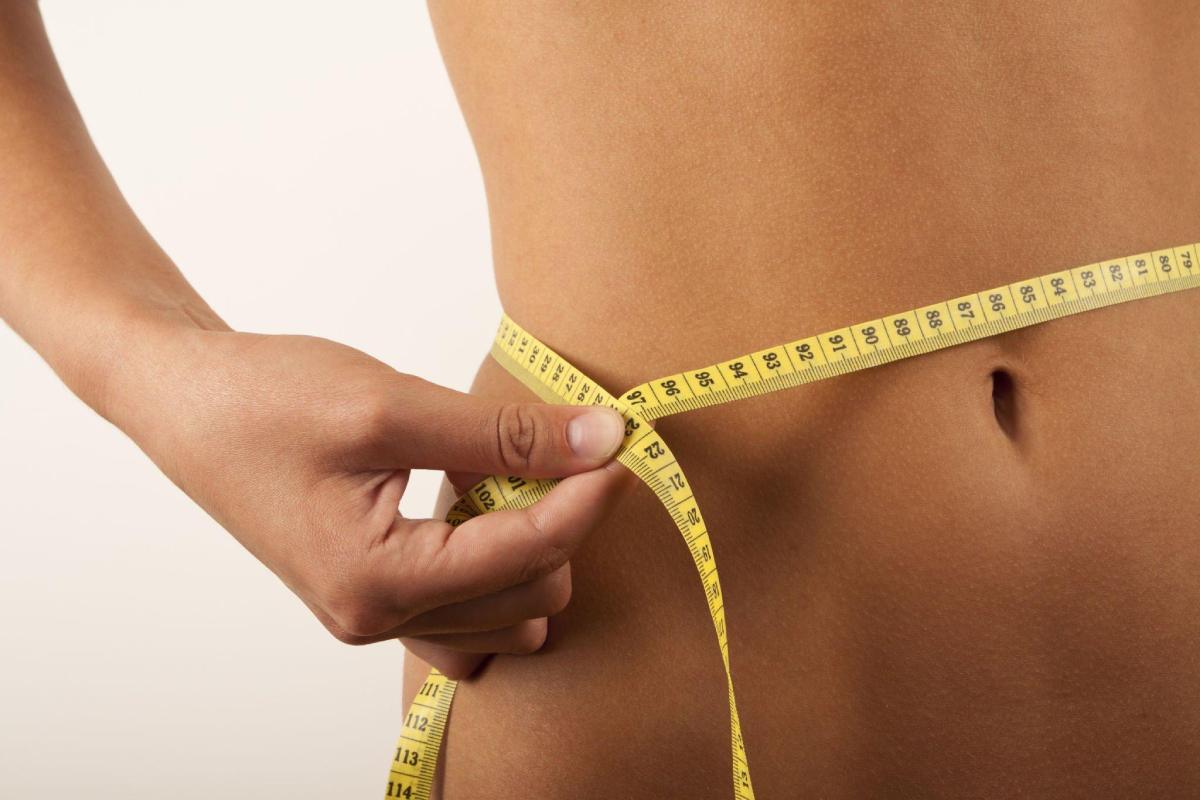Loose skin can be a bane to those who have tried everything to eliminate it. There is a common misconception that exercise can tighten skin (it can’t — it can only build some muscle underneath for a smoother look). Other women try dieting and exercise, hoping the skin will shrink.
But often, loose skin is here to stay.
That is unless you seek cosmetic surgery. That’s why more women are turning to skin removal methods, such as arm lift surgery (brachioplasty) or a tummy tuck (abdominoplasty). Both techniques excise (cut away) sagging skin and bring the opened edges together for a firmer, tighter look.
But what if you aren’t ready for an invasive type of surgery? Is there a way to address loose skin that doesn’t involve the proverbial knife?
Luckily, there are less invasive ways to firm up the skin than ever before. One such method is BodyTite®.
Today, we tell you everything you need to know about BodyTite® benefits, how the procedure is done, and what you should look out for during your recovery for your very best outcome.
Table of Contents
What Is BodyTite®?
BodyTite® is an innovation in skin tightening. Rather than removing or pulling the skin, the technique uses radio frequency stimulation to encourage the body to produce more collagen, which means tighter skin in the following days and weeks.
BodyTite® can be used on several areas of the body. These include:
- Abdomen
- Hips
- Thighs
- Love handles
- Upper back
- Knees
- Chest area (especially for men)
Are You a Candidate for BodyTite®?
The ideal candidate for this technique:
- Is in overall good health
- Has loose, but not excessively loose skin (such as following weight-loss surgery)
- Desires a non-invasive solution to loose skin issues
- Has realistic expectations about the procedure
An individual who may want to look into other procedures (or an add-on procedure):
- Has excessive amounts of sagging, folded skin
- Is currently pregnant or breastfeeding
- Has a current or ongoing skin condition (particularly infection)
- Has fat they need to lose (not just skin)
What Happens During the Procedure?
- Most patients don’t need any anesthesia for the treatment.
- If you are particularly sensitive, your plastic surgeon may administer a local anesthetic.
- A special applicator delivers a series of radiofrequency pulses to the skin.
- A cooling tip on the applicator ensures the area will not get too hot.
- The skin is stimulated to produce more collagen, and existing collagen fibers contract, eventually resulting in a tighter appearance.
What Will Your Recovery Be Like?
Recovery from the procedure is usually less involved than surgical skin removal or skin tightening.
You will have some bruising and swelling. These issues should begin to disappear by about two weeks after the procedure. Some patients have residual swelling for up to a month.
You may have compression garments, especially if you have liposuction along with your BodyTite procedure. (More on that below.)
You should be able to resume your usual activities right after the procedure. Ask your plastic surgeon to make sure.
What Results Can You Expect?
While most women and men are very pleased with the results of their BodyTite® procedure, it’s important to keep your expectations realistic.
If you have loose skin without excessive folds, you should see firming of the area and a smoother appearance. This will continue to develop following your procedure, as it takes some time for the results of stimulated collagen production to become apparent.
Plastic surgery experts say you should see your final results within six months.
Can BodyTite® Be Combined With Other Plastic Surgery Techniques?
Yes. The most common technique patients choose to complement their BodyTite® procedure is liposuction. That’s because often (though not always), where there is loose, drooping, heavy skin, there is also fat that won’t respond to lifestyle changes, such as exercise.
Liposuction is minimally invasive. It involves a tiny incision being made in the area, then the insertion of a small, sterile tool called a cannula. The cannula suctions fat out of the area.
Expect a slightly more involved recovery period if you’re having liposuction. For example, compression garments may be required, and you will feel achy after the procedure. Activities will be limited for at least the first few days afterward. However, after about two weeks, most patients can resume their normal lifestyle and activities.
Make sure to attend all your post-surgical appointments so your doctor can assess how your recovery is going.
Are There Risks to the Procedure?
Yes. There are risks to any medical procedure.
The issues below tend to happen to a minority of patients. But do be on the lookout for them so you know when to call your cosmetic surgeon.
- Temporary lumps (these usually resolve in two to three weeks)
- Temporary hardening of the area
- Redness
- Minor sensitivity (usually managed by over-the-counter medications)
- Temporary bruising and swelling
The more you know about your procedure ahead of time, the better prepared you’ll be. That can mean a great outcome of your innovative procedure. Remember to stay in contact with your plastic surgeon and immediately report any side effects you didn’t expect.
After that, it’s a matter of giving collagen time to do its work. And then you can enjoy your firmer, tighter body…something you’ve almost certainly been looking forward to.

